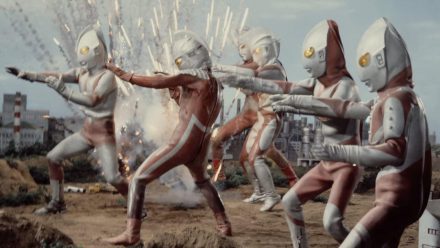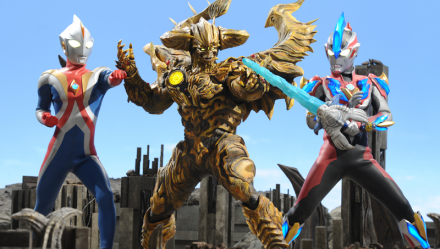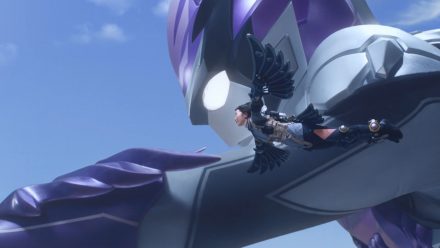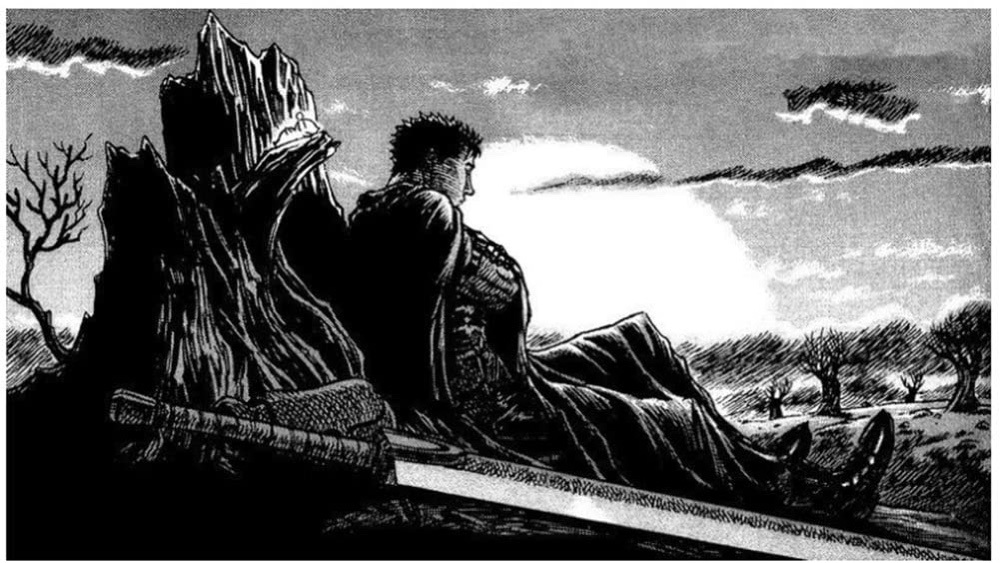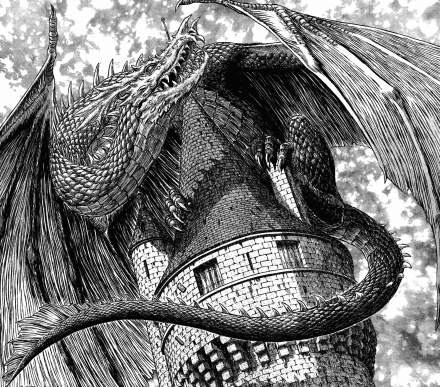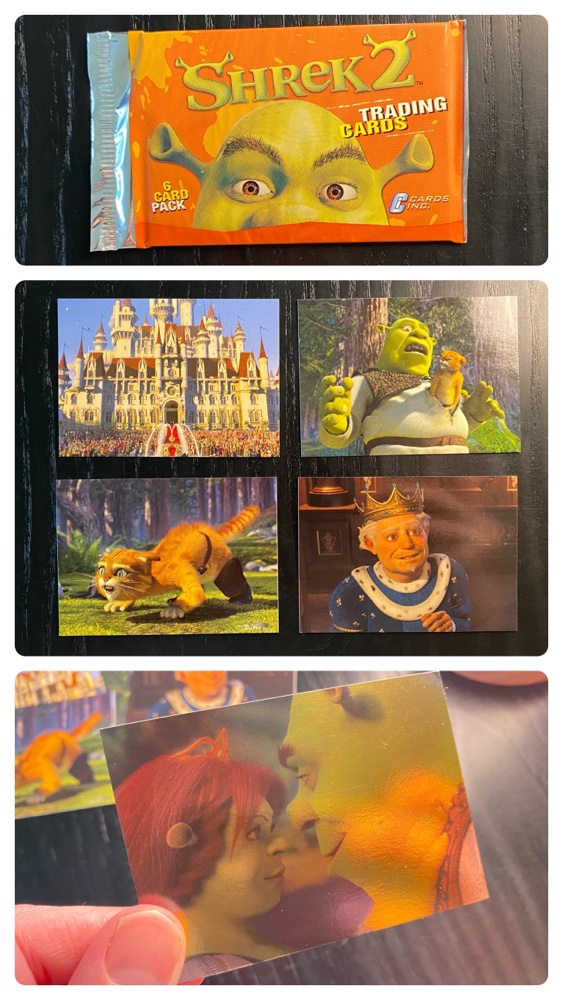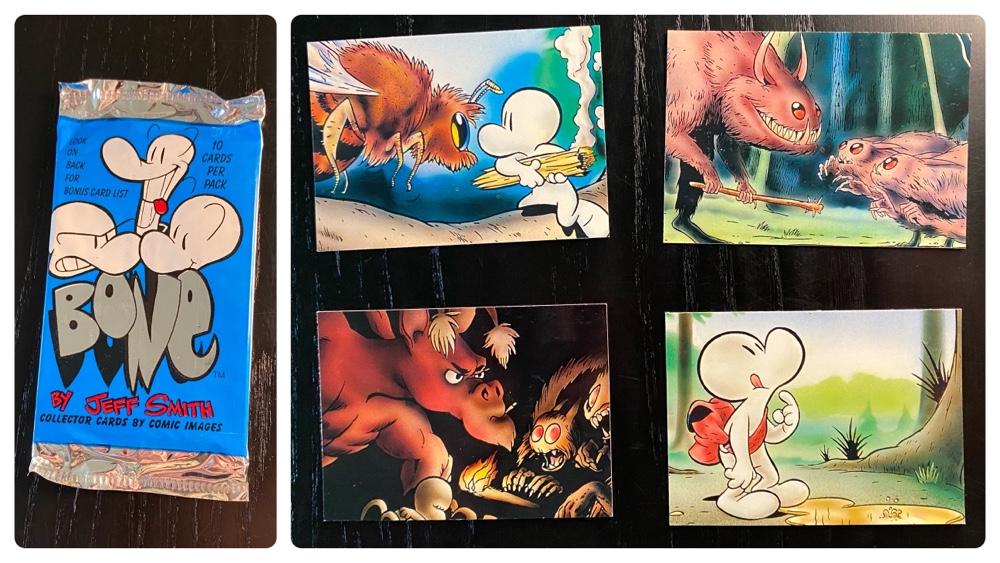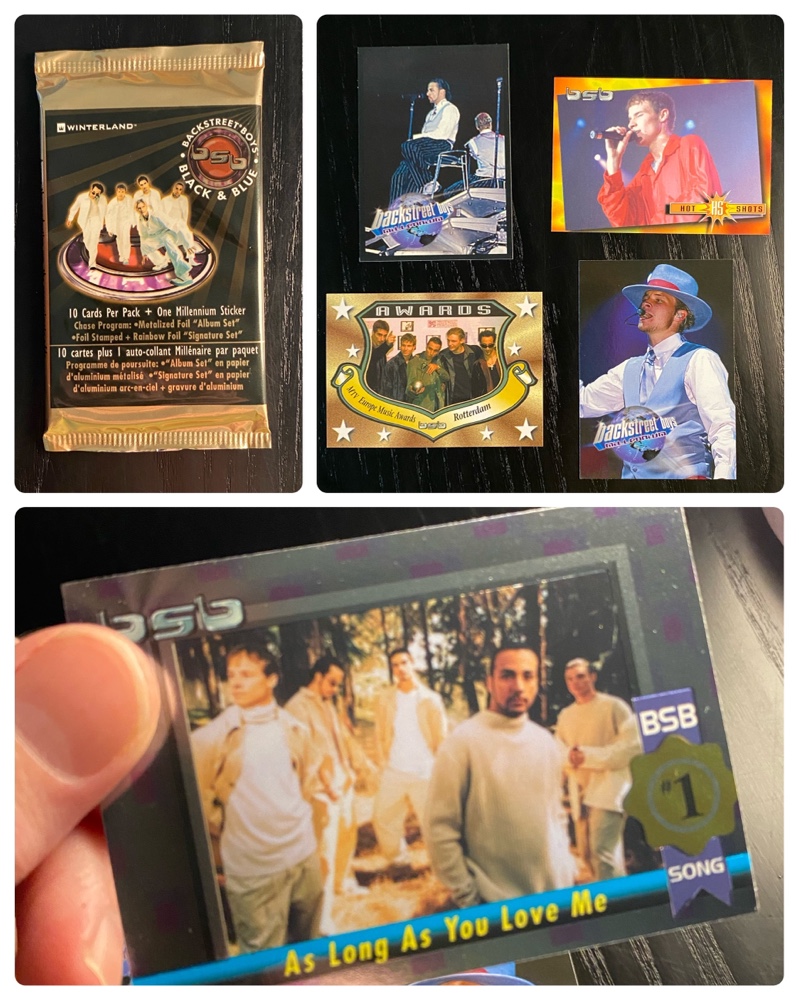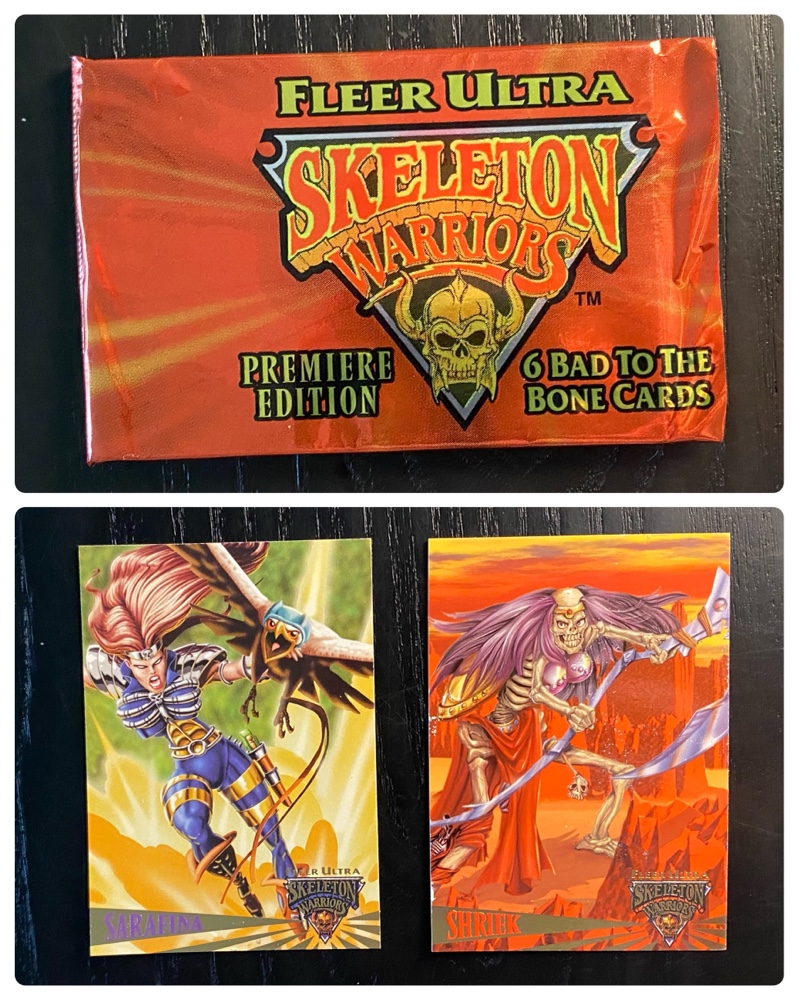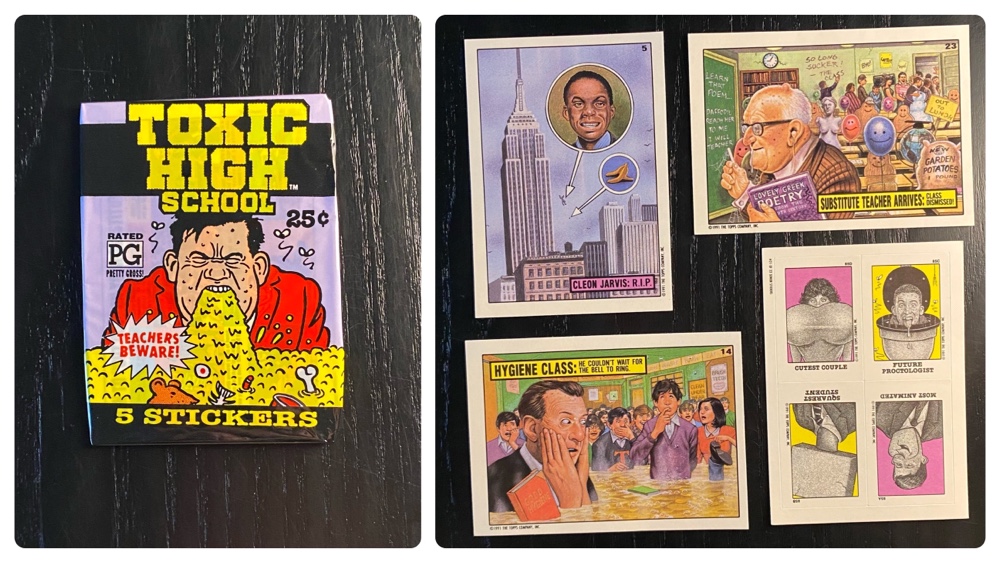I’ve been continuing with the Ultraman series, watching each as they have been released. Here’s an update with what I’ve seen since the last post.
Ultraman Taro (1973, 53 episodes 22.5 hours)
This was the first ultra-series made after I was born! As with all others, it tells the story of an alien superhero that possesses the body of an earthling to protect the planet against extraterrestrial threats. By now the format was established and the series had won the hearts of Japanese children, and as such most episodes featured a child-in-peril who is then saved by Ultraman Taro. Many kaiju return from earlier series, and overall the production quality felt higher than it was for Ultraman Ace.
Once again much of the series is shot outdoors and on location, and as with earlier series I loved seeing the ‘normal’ Japan of the early 1070s. I always enjoyed glimpses into peoples apartments, shops, tourist sites (even an unusual amusement park!) and restaurants. The fashions are great as well, as with most media created in the 1970s!
What made Taro particularly good was the frequent cameos by other Ultras. Not only does this series introduce Mother of Ultra, but Father of Ultra makes a few appearances as well. Better yet, all previous Ultramen (including Zoffy) feature more than once, and there’s a wonderful two-part episode that even features the original actors of the human hosts from all previous series. I imagine this was incredible special for parents watching the show with their kids back in 1973, seeing Shin Hayata and Dan Moroboshi returning to the series for cameos.
I enjoyed this series quite a bit, and can see why it’s one of the more beloved of the original Heisei-era Ultraman series.
Ultraman Ginga/Ginga S (2013, 27 episodes, 13.5 hours)
This is a strange series, since (more than any other Ultra series) it seems to exist in a world unconcerned by the goings-on. Hikari Raido awakens to the power of Ultraman Ginga, an Ultra ‘from the future’ and uses the power to defend the Earth from evil aliens. Except mostly he’s defending an abandoned school, which he randomly visited in episode 1 for nostalgic reasons. He has a few friends that assist him, but the lack of any concerted government response to the attacks from giant kaiju feels more unusual here than in other series. It’s extremely fast-paced as well, wrapping itself up in only 11 episodes. I wonder if even the creators felt the show lacked a bit of spark as they were making it?
The solution: a quickie sequel! Ultraman Ginga S came out the following year, and added a second new Ultraman to the show: Ultraman Victory. In almost every way he’s cooler than Ginga and the dynamic between the two (first jealousy, then brotherhood) works well as they battle off the evil Alien Chibull, who is trying to steal resources from Earth. Ginga S as a series works much better than Ginga, and the two followup movies wisely include both Ultramen. Ginga S also includes Japanese idol Moga Mogami in a guest role as an android named Mana, and she steals the scenes every time she turns up 🙂
Overall Ginga is a little weak, but Ginga S is great and redeems Ginga quite a bit.
Ultraman Geed (2017, 27 episodes, 11.5 hours)
This is a great series. Rika Asakura (played by a 16-year-old) is Ultraman Geed (pronounced ‘jeed’) who we eventually learn is the son of the evil Ultraman Belial. Through the usual hijinks, he lives in a teleporting base with an alien and a cute girl, and collectively the three fight off the efforts of Ultraman Belial to destroy the universe. It’s an absurd setup to be sure, but the show is so fast-paced and insane it doesn’t matter.
There’s lots to love here. Belial’s host is an author specializing in books about mysteries (such as lost cities, unexplained phenomena etc) and the actor plays the role very well. Riku’s got a childhood friend who pretends to sell insurance but is actually a space policewoman with an (extremely cool) android boss, and there’s some great episodes where she is jealous of the girl Riku is living with. But the best inclusion is an office worker who is the unwilling host of Ultraman Zero (historic nemesis of Belial and all-around badass Ultraman). This guy does the whole Clark Kent/Superman thing perfectly – down to the glasses – and his transformation into Zero is always grand. He’s not just a cameo either, and is in almost every episode (as is his family). They could have just as easily called this Ultraman Geed/Zero!
Geed has some insane transformations, especially once he assumes the powers of Ultraman King. Zero also goes through various levels of upgrades in this series, and the battles in the last few episodes (and the movies) feature all sorts of dazzling effects and special attacks. As a very recent series the kaiju suits are often breathtaking as well, and many times I wondered if they were all physical effects or enhanced with CG.
A truly wonderful Ultra series. Maybe it’s even better than Ultraman Orb 🙂
Ultraman R/B (2018, 25 episodes, 11.5 hours)
The followup series to Geed (yes they make a new one every year) features not one but two Ultramen! Brothers Katsumi and Isami are Ultraman R and B, who together must fight against the machinations of Aizentech president Makoto Aizen, who is using a dark alien power to turn himself into an evil Ultraman…
…except that doesn’t last long and mid-series we find that the true villian is extremely cute gothic princess Saki Mitsurugi, who wants to destroy the world and just may have the power to do it!
Without giving too much away there’s more to the story than I just described, and it’s got quite a few twists and turns to keep you guessing down to the very last episode. The two brothers start a bit irritating, but quickly endear themselves as they realize there’s strength in brotherhood, which they point out to each other (ie. the audience) almost every episode! The villians are great, but goth-girl Saki has such screen presence that you will almost completely forget the first-half villian as soon as she appears! This series has a lot of comedy as well, including the few (usual) comedy episodes some of which break the fourth wall as they joke with Ultra conventions.
Of course R/B eventually learn to individually power up and when that’s not enough they actually merge together to create Ultraman Reube. Even that’s not enough for the final boss, so Reube himself powers up via special crystals. It’s all bonkers and a means to sell toys to kids, but it gives me a laugh every time. In a great surprise the movie introduces an extremely unique new Ultra as well, but I can’t say more without spoiling it 😉
The effects are great, the story is interesting, and the characters likeable: another fun and enjoyable Ultra series.
So that’s another 60-odd hours down, but of course there’s loads more. I don’t even think I’m halfway through all the Ultra series that will eventually be released, and indeed I already have Ultraman Leo in my possession and Mega Monster Battle and Ultraman Zero Chronicles are soon to be released. Look for another set of reviews in a year or so 🙂
Oh yes that last pic? That’s from the upcoming film Shin Ultraman, which I’m looking forward to more than any other film. If it’s anywhere near as good as Shin Godzilla was, it promises to be something special indeed.
